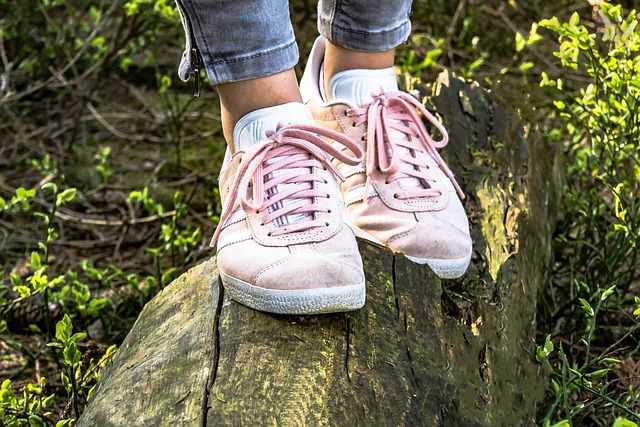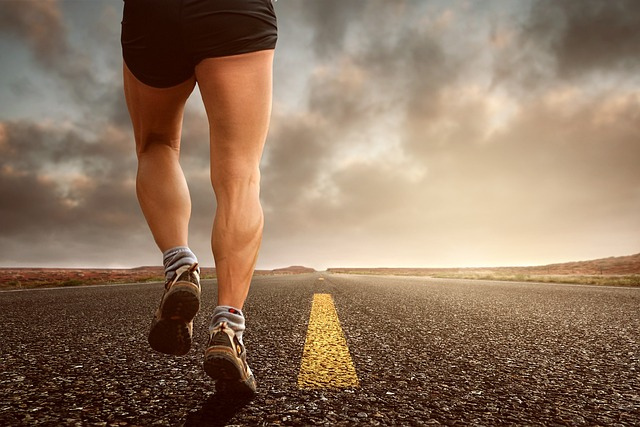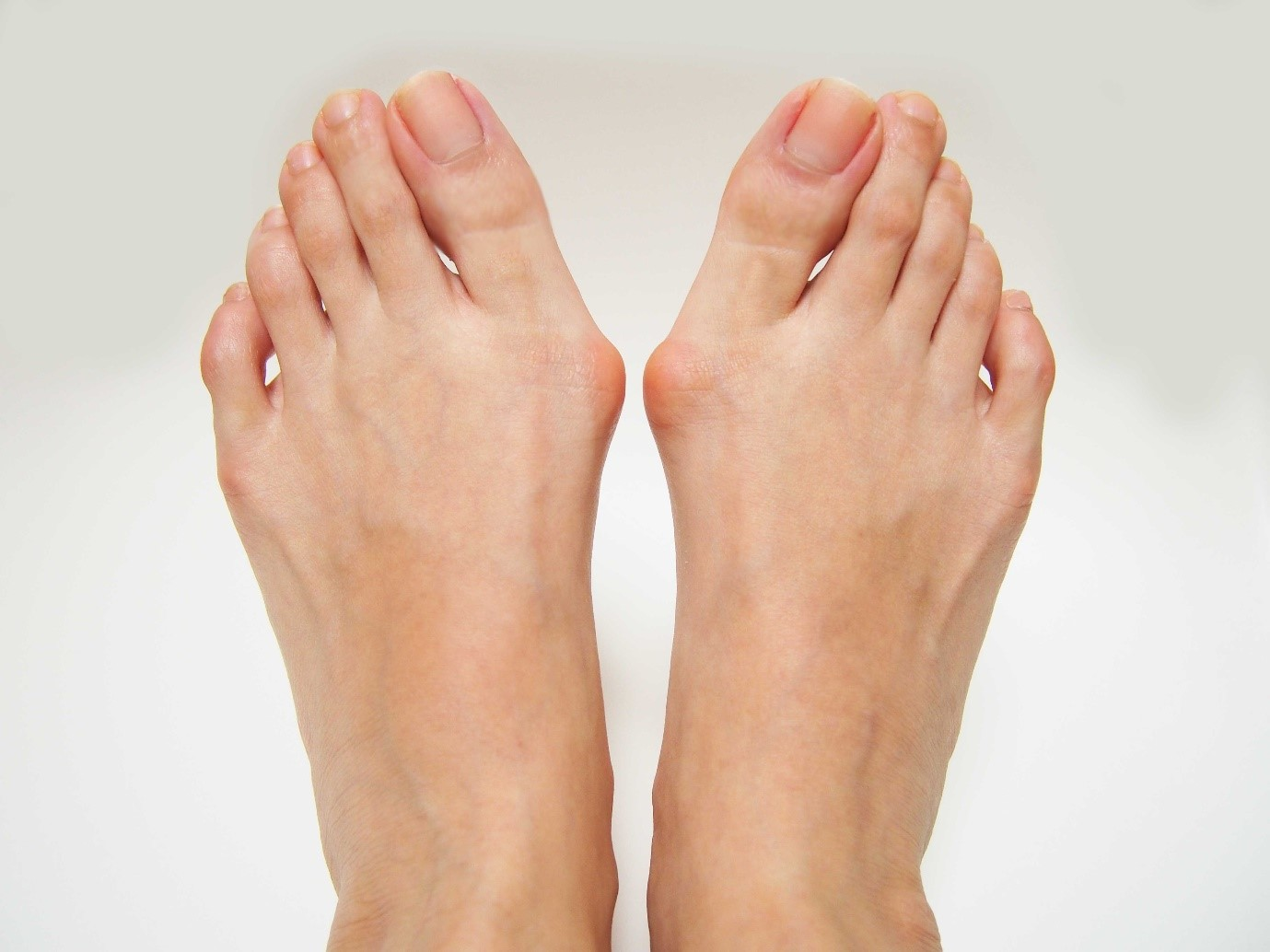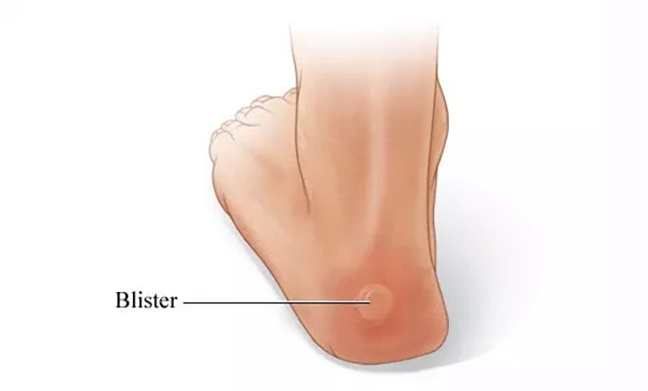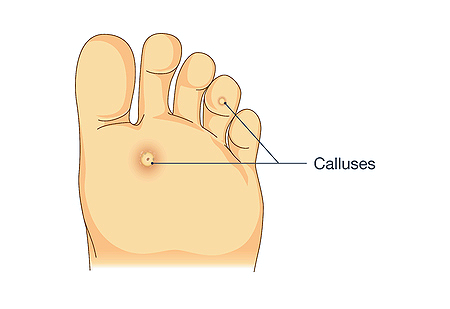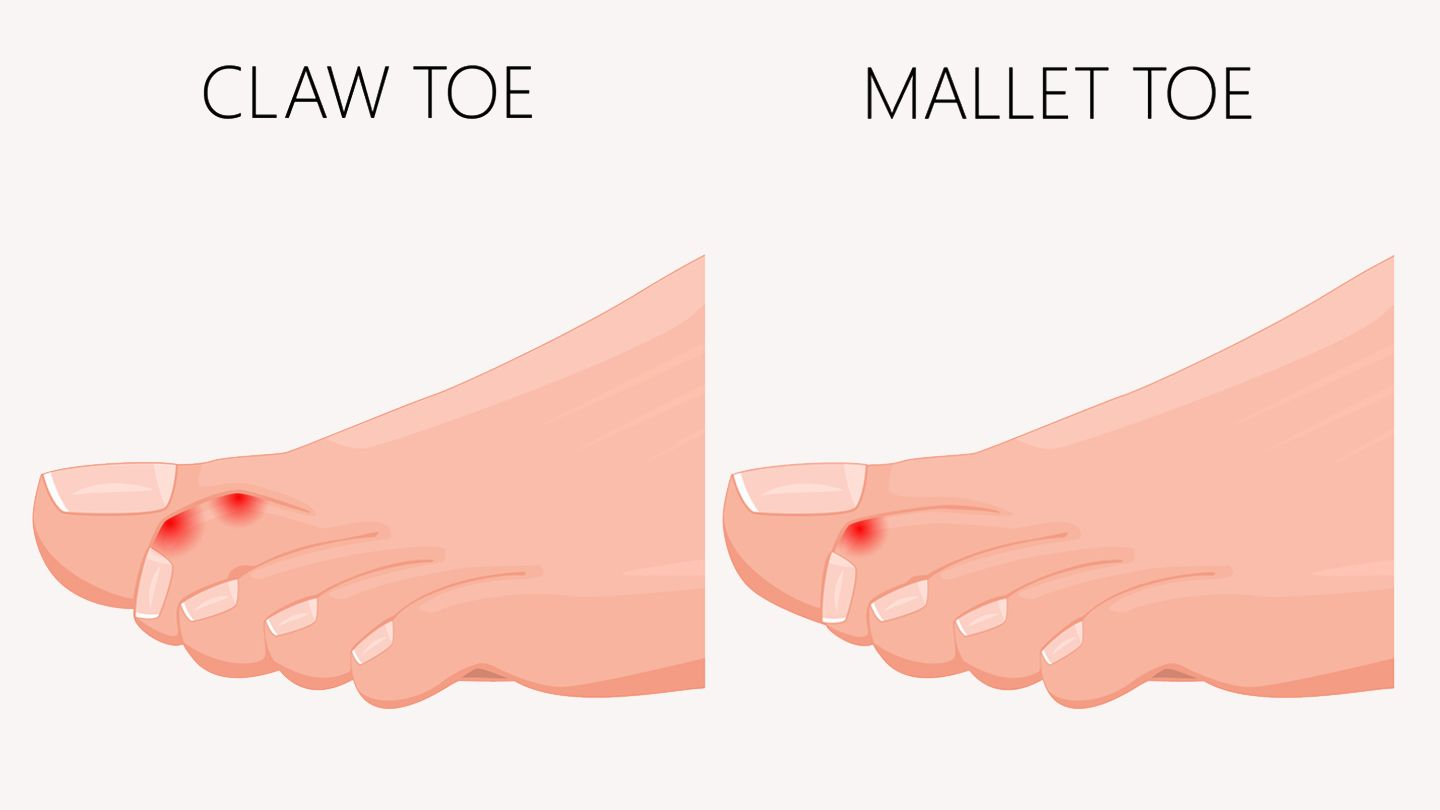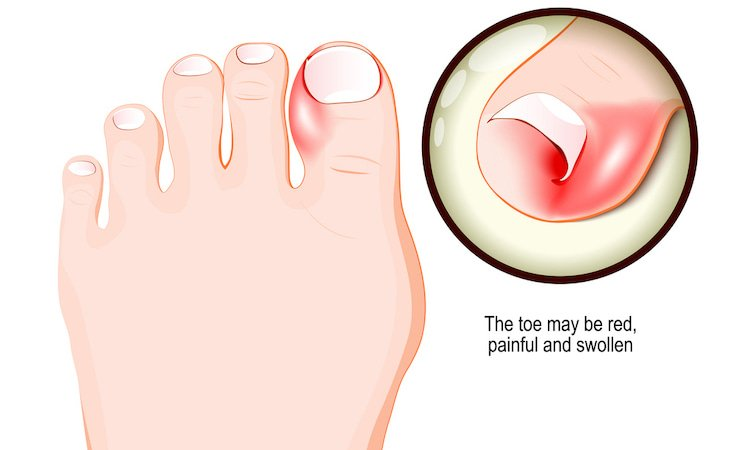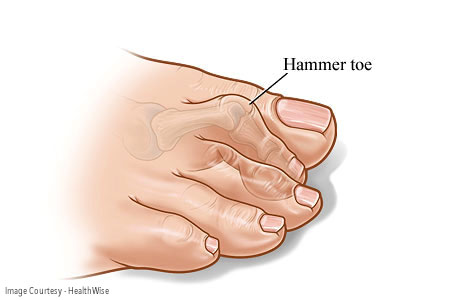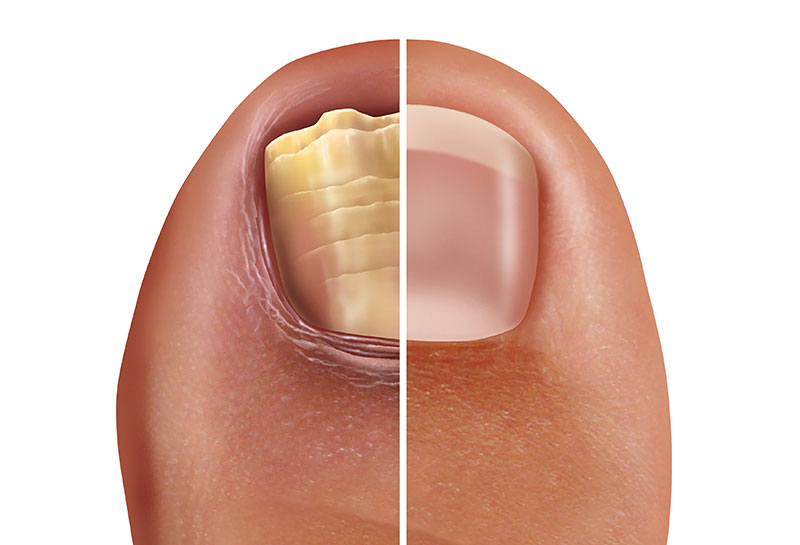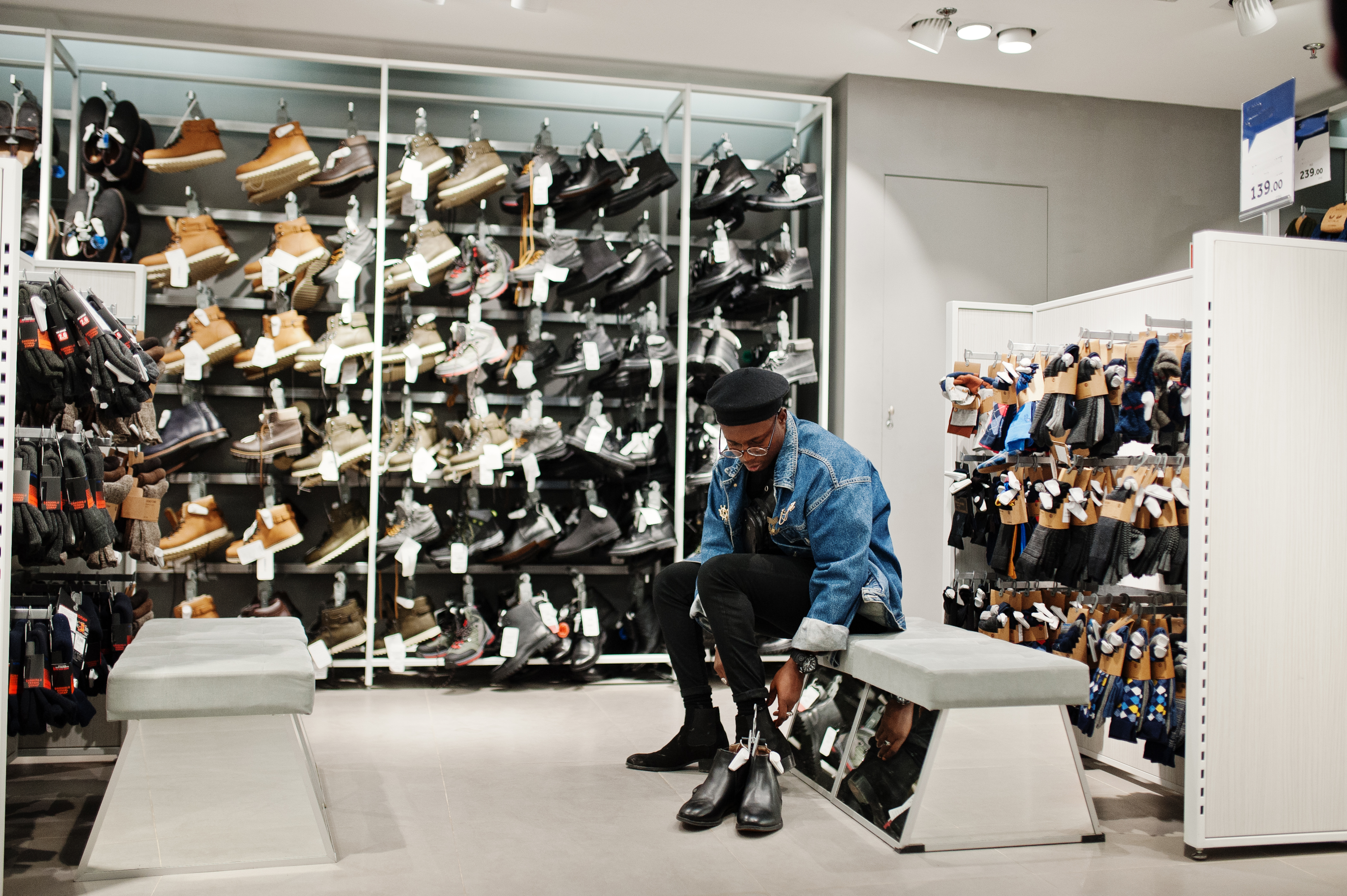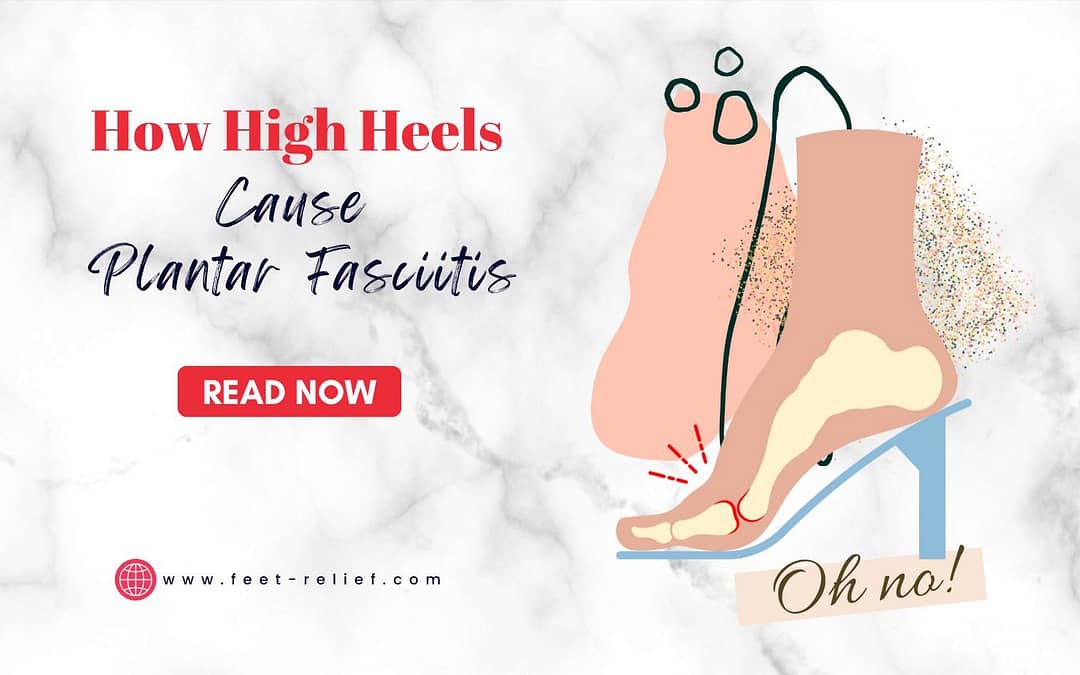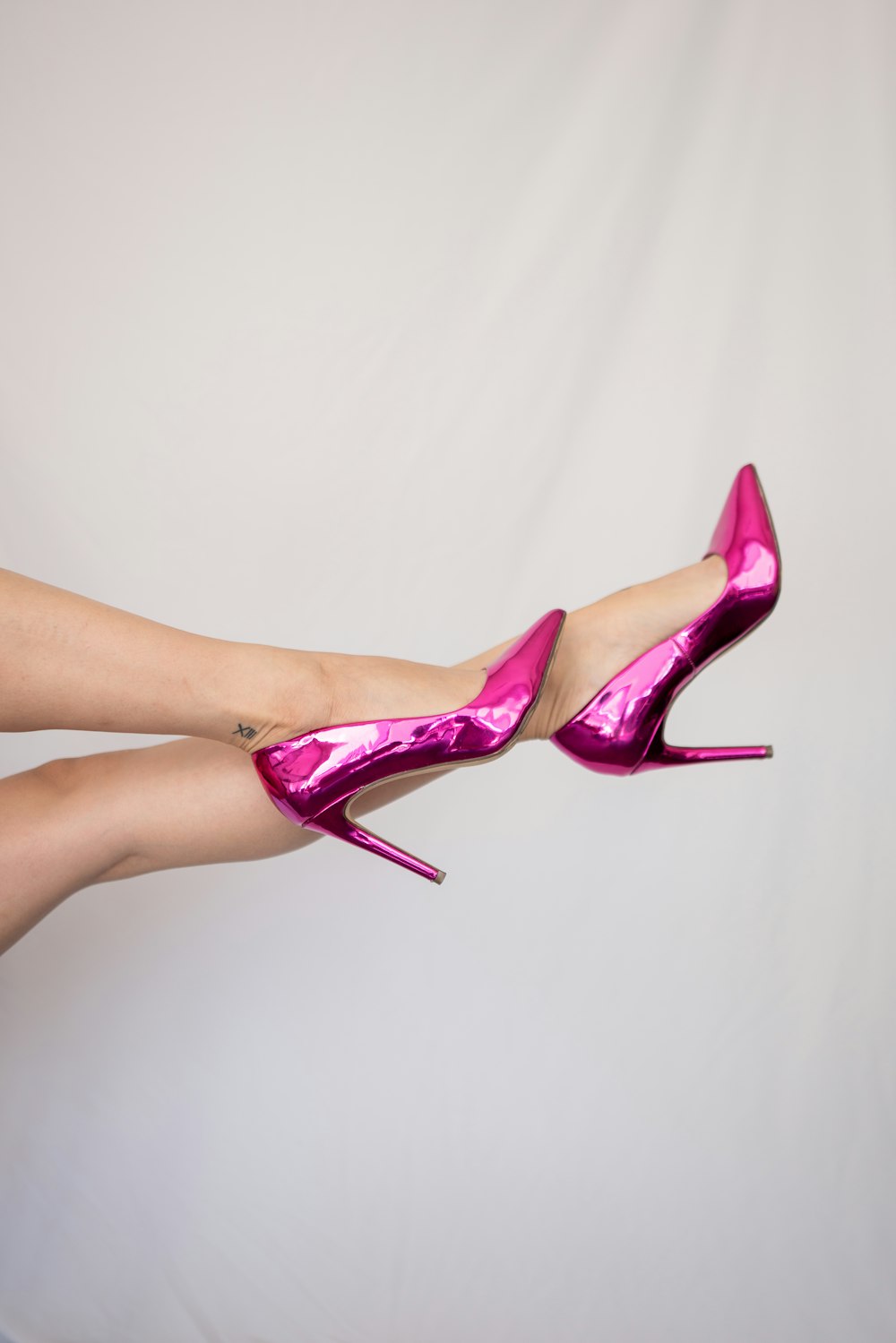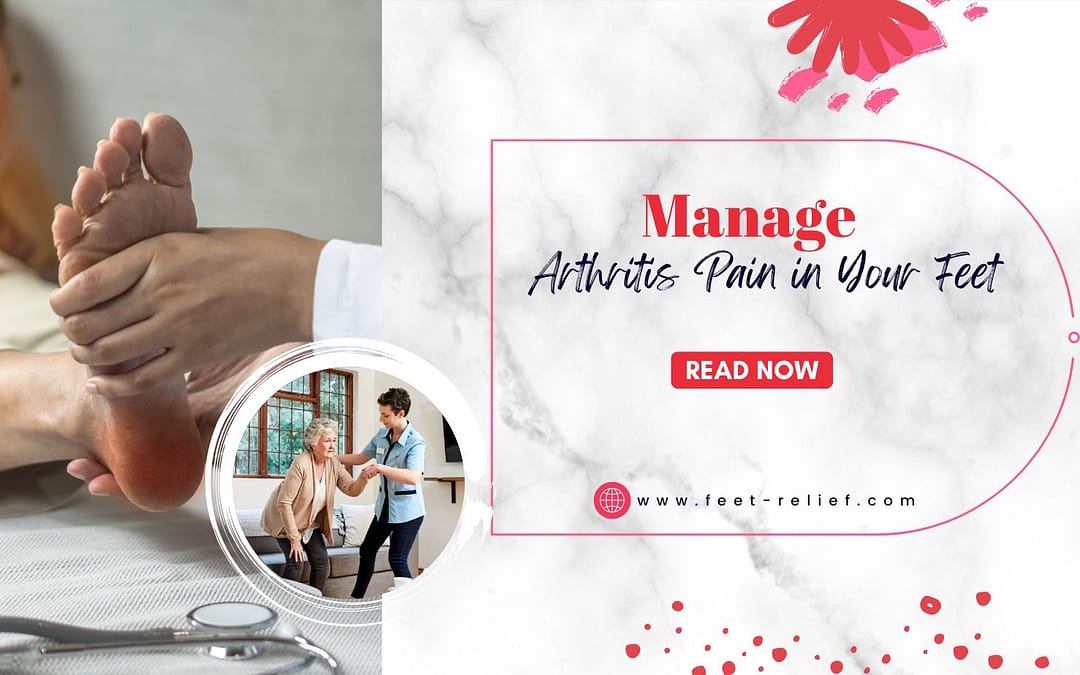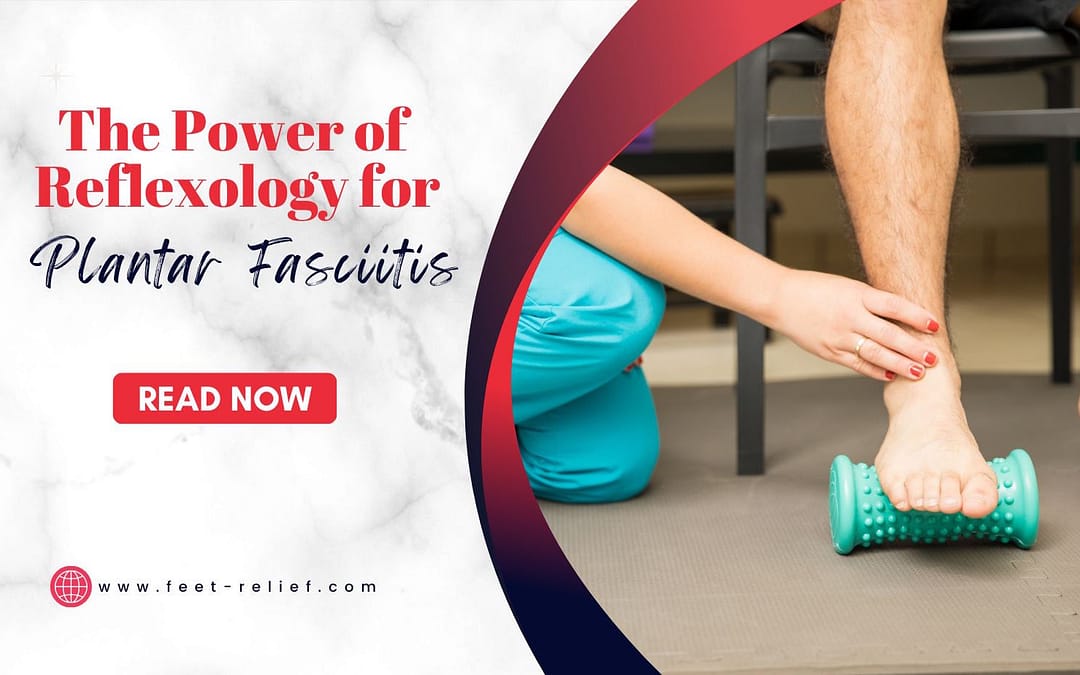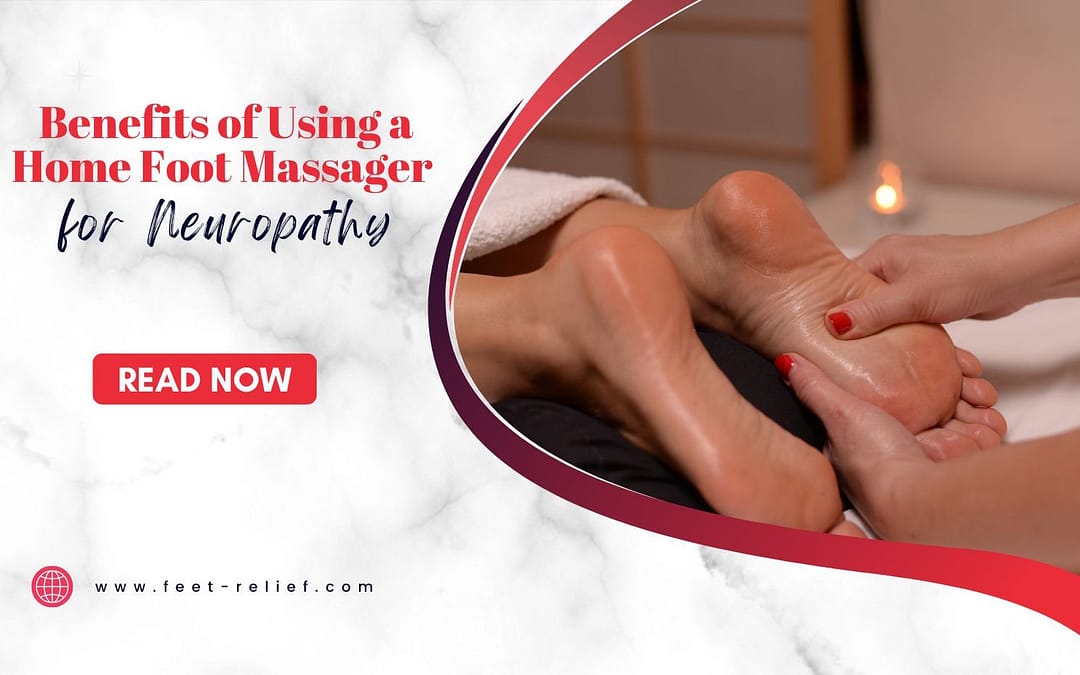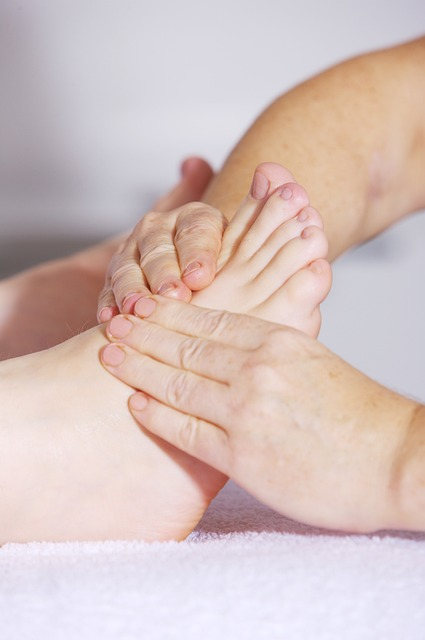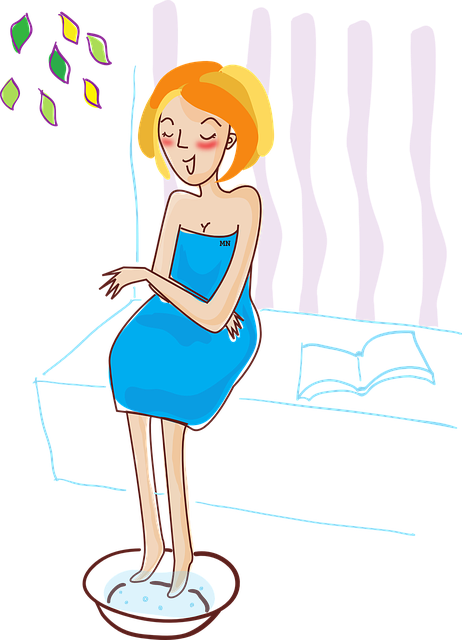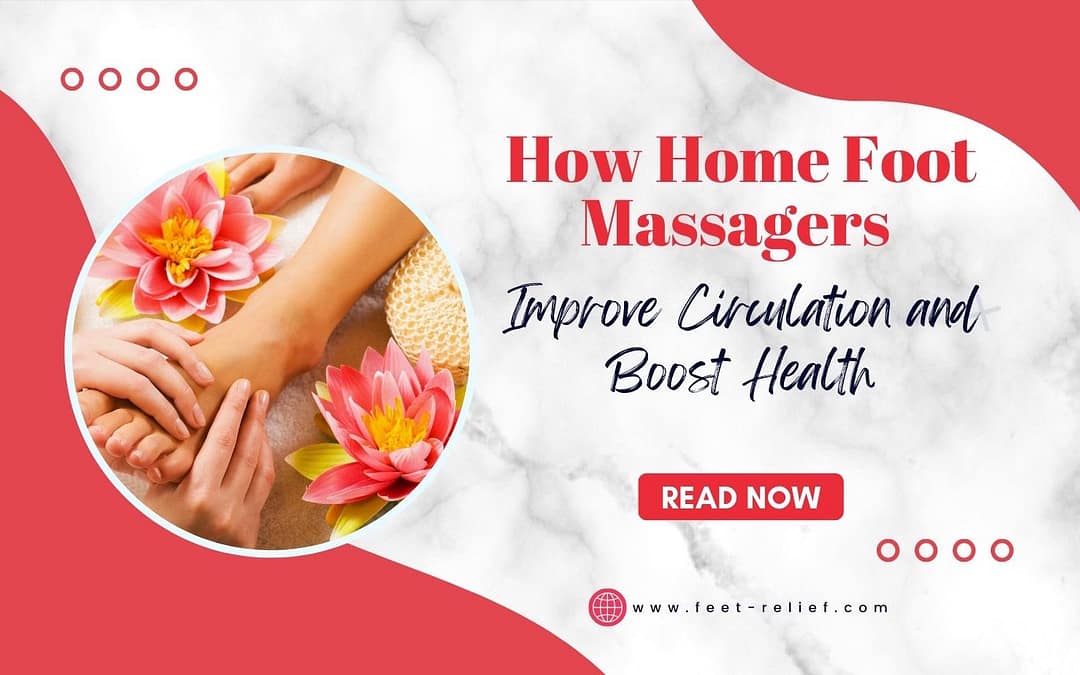
Foot Problems Caused by Shoes: Soleful Struggles
Soleful Struggles: Unveiling Foot Problems Caused by Shoes
This article is your gateway to understanding the intricate relationship between footwear and foot health. We all know the feeling of slipping into those gorgeous shoes that seem like a match made in heaven, only to find our feet in a world of hurt later. But why does this happen?
In this enlightening journey, we’ll unravel the mysteries behind common foot problems that stem from our choice of shoes.
How Shoes Helps Our Feet
Shoes are like unsung heroes for our feet – they’ve got our backs (well, feet) in many ways. Check out some of the coolest things they do for us:
Protection
Think of shoes as your feet’s bodyguards. They shield us from harsh weather, prickly objects, and sneaky bacteria. Plus, they’re like armor against cuts, bruises, and those sprains.
Cushioning
Ever feel like your feet are bouncing on clouds? That’s shoes providing cushioning magic. They soak up the shock when we’re on the move, saving us from unnecessary pain. It’s especially golden for all the walkers and runners out there.
Arch Support
It’s like a mini massage for your feet. Shoes with arch support keep things aligned, preventing nasty pain and discomfort – a superhero power against stuff like plantar fasciitis.
Breathability
Feet have a fantastic party trick – sweating. Breathable shoes keep those parties under control, leaving your feet cool and dry. Say goodbye to blisters and other unwanted surprises.
Posture
Picture this: shoes swooping in to rescue your posture. With good arch support and cushioning, they share the load with your feet and ankles, making standing tall much easier.
Athletic Performance
If shoes were in a race, they’d be champions. Activity-specific shoes (like the ones for running or hiking) are like performance enhancers. They provide just the proper support and cushioning to rock your game.
So, the next time you slip on your favorite pair, remember – they’re not just shoes. They’re your feet’s best friends!
Perfectly Fit and Comfy Shoes
Happy Feet, Happy You
Shoes that fit and keep them comfortable mean setting the stage for a happier, healthier you. Ill-fitting shoes can cause foot pain or problems, So avoid using improper footwear to make your feet happy!
Prevent Pain and Discomfort
Ill-fitting shoes can be the breeding ground for foot pain, blisters, and other nasty foot problems. Proper shoes can prevent these discomforts and spare you unnecessary foot pain, including heel pain.
Maintain Foot Health
Think of shoes as bodyguards for your feet. When they properly fit well, they protect your feet from injuries, strains, and even potential deformities.
Amp Up Your Performance
Whether walking, running, or just strolling, comfortable shoes can improve your performance. They provide the necessary support, cushioning, and stability, allowing you to move easily.
Better Posture
The right shoes offer good arch support and balance, which can improve your overall posture. It’s like having a personal posture coach with every step you take.
Long-Term Benefits
Wearing shoes isn’t just about today – it’s an investment in your future. By preventing foot issues now, you’re saving yourself from potential problems down the line.
Confidence Booster
Ever notice how you feel extra confident when your shoes are on point? Perfectly fit and comfy shoes not only feel great physically, but they can boost your self-esteem, too.
Versatility
From a day at the office to a night out, comfy shoes can keep up with your every move. Versatile footwear that fits well makes life easier and more enjoyable.
Wearing perfectly fit and comfy shoes is like giving your feet a vacation in a five-star resort. They deserve the best care, and trust me; your whole body will thank you.
Foot Problems Caused by Shoes
Bunions (Hallux Valgus)
Photo By: Sanders Podiatry Clinic
Bunions can caused by ill-fitting shoes; those bony bumps that decide to hang out near the base of your big toe are not just bumps; they bring a little toe-turning party along. That big toe? It decides to cozy up to its more minor toe buddies like they’re planning a toe reunion or something.
Now, why do these unexpected toe gatherings happen? Well, blame it on a mix of factors – from genetics giving you a bunion-prone foot to arthritis, past injuries, family history, or even those tight shoes that don’t know how to give your toes some breathing space. Oh, and high heels? They might look great, but they’re not exactly bunion’s besties.
But don’t fret; there’s a plan of action here. Step one: Comfort is the name of the game. Think of a wide-toe box. They’re like a mini spa day for your feet. And if the pain’s still sticking around, there’s the trusty option of over-the-counter pain relievers.
Here’s the grand finale: if all the methods fail in the book, you should seek medical attention.
Blisters
Photo By: Florida Foot & Ankle
Let’s talk painful blisters – those little nuisances that can pop up on your feet and cause foot pain. Do you know what usually triggers these guys? Friction – that rubbing between your foot’s skin and the insides of your shoes. But guess what? You’ve got the power to prevent these party crashers from showing up in the first place.
If you want to keep blisters at bay, make friends with comfortable and proper footwear and socks that fit. No more squeezing your feet into shoes that don’t quite match up! And if a blister does decide to pop up, it’s best to let it do its own thing. Even if it’s causing you grief and making your walking game tough, avoid the temptation to pop it.
If one does pop on its own, slap on a bandage to protect it. If it does burst, you can grab some antibiotic ointment, add a fresh bandage, and let it heal. Keeping the area covered is key – it reduces friction and lowers the chances of a comeback.
Now, most blisters are more of an annoyance than a medical emergency. Diabetic Foot Individuals dealing with diabetes frequently experience nerve damage (known as peripheral neuropathy) in their feet, which can result in an inability to sense skin irritations or even small punctures. It’s prudent to consult a doctor before attempting to address blisters on your own.
Corn and Calluses
Photo by: Foot and Ankle Specialists
Corns and calluses. It will pop up after your feet have had enough of rubbing against bony areas, often because your shoe decided not to play nice. You know how it goes – those poorly fitting shoes can cause corns to pop up on your toes’ tops and sides or even in between them. On the other hand, calluses like to hang out on the undersides of your feet, especially under the heel and balls of the feet, and sometimes on the sides of your toes. They’re like these compacted patches of tough skin that can make walking feel like a mini ordeal.
The good news? You don’t always need a superhero podiatrist to tackle them. Imagine a foot spa day – you soak the affected area in warm water until your skin goes all soft and pliable. Then, you gently wield a wet pumice stone or an emery board to say bye-bye to those dead skin cells. But remember, gentle is the keyword – we don’t want any bleeding or infections.
And here’s a fun twist: moisturizing! Apply some cream or lotion to the corn or callus, and the surrounding dead skin will soften over time. It’s like giving them a little spa vacation.
But, if you’ve tried the DIY route and your corns or calluses are stubborn, don’t hesitate to bring in the big guns – a podiatrist. They might suggest moleskin or padding to make your feet feel more comfortable and less like walking on pebbles.
Claw Toes and Mallet Toes
Photo by: Everyday Health
Claw and mallet toes curve up at the joint where your foot meets your toes and then dip downward at the middle and end joints. The result? A toe that’s got that signature curved, almost claw-like appearance.
Now, the not-so-great news: these toe shape shifts can lead to uncomfortable situations. Think calluses and corns that pop up where your toes rub against your shoes. The tight shoe gets blamed, but it’s not the sole suspect. Nerve damage, often due to conditions like diabetes, can also be in on the game, weakening the foot muscles and boosting these toe transformations.
And then there’s the mallet toe, like the toe’s version of a limbo dance. It bends downward at the tip joint, making a grand entrance with a painful corn right where it touches the ground. This star of the show is often the second toe, just because it’s the longest. Sometimes, injuries or arthritis decide to join in the mallet toe party, too.
Ingrown Toenails
Photo by: Foot HQ Podiatry
Ingrown toenails happen when your nail grows into the skin next to your nail bed. It can occur when you trim your nails too much, shape them too round, or when your shoes are overly snug. In tight shoes, your nail doesn’t have enough space, so they get pushed into the skin around your nails. It leads to redness, swelling, and soreness. To prevent ingrown nails, make sure to trim your nails properly.
Hammertoes
Photo by: Kauvery Hospital
Hammer toe manifests as the toe curls upwards instead of maintaining a flat position. Think about your foot. The middle joint of the toe bends in an upward direction, and if the foot is confined within a tight shoe, it engages in friction against the inner surface of the shoe, resulting in discomfort. Furthermore, the muscles connected to the toes may experience ongoing weakening if the foot persists in this atypical alignment.
The available remedies are straightforward and include strapping techniques to guide the toe back to its natural state. You can wear shoes that fit properly if you have a big toe. It’s like a roomier toe box that can provide the toes with more space and alleviate the issue. Toe splints offer another avenue, functioning as a means to encourage proper alignment. Applying ice to the affected area can relieve discomfort or foot pain.
However, if these interventions yield limited results, surgical intervention might be a potential solution to rectify the deformity.
Toenail Fungus
Photo by: Epsom Footcare
When your feet get sweaty in your shoes, your toenails are like a cozy house for these fungi. Fungi love warmth and moisture; they sneak through tiny openings or spaces under your nails. It can happen after a pedicure due to shoes that don’t fit well or repeated impact from activities like running or hiking. The nail may become raised or compressed. Once these fungi settle in, they start munching on your nails. It makes the nails change color, become crumbly, and sometimes even smell bad. It’s like the fungi are throwing a weird party on your nails!
But don’t worry, there’s a way to kick them out. You can use special stuff from the store or from a doctor to make the fungi leave. It might take some time, but your nails can improve.
To keep these fungi away, ensure your feet are always clean and dry, avoid wearing tight shoes, and don’t wear footwear for long periods. If you think the fungi have taken over, talk to a doctor. They’ll help you get your nails looking and feeling good again!
How to Avoid Foot Problems Caused by Shoes?
Wearing shoes that fit just right and give your feet the support they need is super important. Not only does it keep your feet from getting all achy, but it also helps prevent or ease a bunch of those usual foot problems. So, when looking for shoes, think about what you’ll be up to, where you’ll be stepping, and how much backup your feet require.
To avoid foot problems caused by shoes, you’ll need to consider the following:
Hard Surfaces
You might notice discomfort in your heels and the front of your feet when you’re on hard surfaces like concrete. Try slipping into some comfy shoes with good support – those with laces are a solid choice. Soft soles and cushy innersoles can make a real difference. And if you throw in some arch supports, they’ll help spread out your weight so that all the pressure isn’t just hanging out in your heels and the front of your feet.
Minimize Wearing High Heels
Wearing high heels messes with your foot’s natural position and how you stand. Walking in them for a long time can permanently stress your back, neck, and posture. People who’ve worn high heels for ages might feel discomfort when switching to flats regularly.
High heels also squish your forefoot, leading to calluses. The pointy toes? They’re not great either, often causing lasting problems like bunions, claw toes, corns, and thick nails.
Activities
If you’re into sports, you need the right shoe to handle all the jumping and running with good cushioning for shock absorption. And remember the stability of all those side-to-side moves. Your sports shoes should be able to bend easily at the front part of your foot, while the back should give solid support, hugging your heel to keep you safe from injuries.
Tips When Buying a Shoes
When you’re shopping for a new shoes to keep your feet happy, remember these easy tips:
- Get your feet measured by a pro: Your feet can change, so regular measurements help you nail the correct size.
- Snug, not tight: Your shoes should fit just right, with a thumb’s space between your longest toe and the shoe’s end.
- Arch love: Look for shoes with solid arch support to dodge pains and issues.
- Toes need space: Go for shoes with a roomy toe area so your toes can stretch out without squishing together.
- Down with high heels: Skip those high heels; they can put extra stress on your feet and lead to trouble.
- Test the comfort: Try walking around in the shoes for a bit in the store to make sure they feel comfy.
If you’re shopping or buying shoes in an online store, you can look at the Size tag of your old shoe and do some research or read some reviews about the shoes. And remember, replace your shoes when they start looking tired. Old shoes can’t give your feet the love they need. Swap them out every six months to a year. Your feet will thank you!
Additional Tips
Here are some extra pointers for folks dealing with specific foot issues:
Flat feet: Grab shoes that have arch support built right in. You might also consider orthotics – these custom inserts give even more support.
High arches: Look for shoes with a sole that can flex. That’ll keep your arches from getting too stiff.
Bunions: Opt for shoes with a roomy toe area. This way, your bunions won’t rub against the sides of the shoe.
Plantar fasciitis: Go for shoes with solid shock absorption. It will help ease the pain and swelling tied to this condition.
By keeping these tips in mind, you can find shoes that treat your feet right, keeping them comfy and pain-free.
Video Credit: @BobandBrad
Conclusion
Your feet deserve the best care, starting with the right shoes. With a clear understanding of how shoes affect foot health and a keen eye for proper fit, you can navigate a world of comfort and well-being. Remember, your feet carry you through life – give them the care they deserve.
FAQs
Can shoes damage nerves in feet?
Wear poorly-fitting sneakers can cause neuron damage. Neuropathy can cause the foot to feel sore and stiff. These symptoms are painful, sometimes irreparable.
How do you tell if your shoes are hurting your feet?
Foot aches are common in footwear. You may notice a blister in your heels. You can develop arch pain, especially when your bunions hurt.
Get Relief for Your Aching Feet!
Do your feet hurt no matter how much you rest them? Are you tired of painful heels, bunions, corns and calluses making it hard to stay active? Don’t just live with foot pain – get help and find relief!
Visit FeetRelief.com today to discover proven solutions for all types of foot problems. Their team of podiatrists and specialists offer customized treatment plans to reduce pain and get you moving comfortably again.
At FeetRelief.com you’ll find:
– Expert advice on proper foot care, exercises and pain management
– Recommendations for ergonomic shoes and products
– Treatment for plantar fasciitis, arthritis, diabetes-related foot issues and more
Don’t wait – every step you take in pain now can impact your mobility long-term. Get your feet checked and start feeling better from the ground up with FeetRelief.com!

